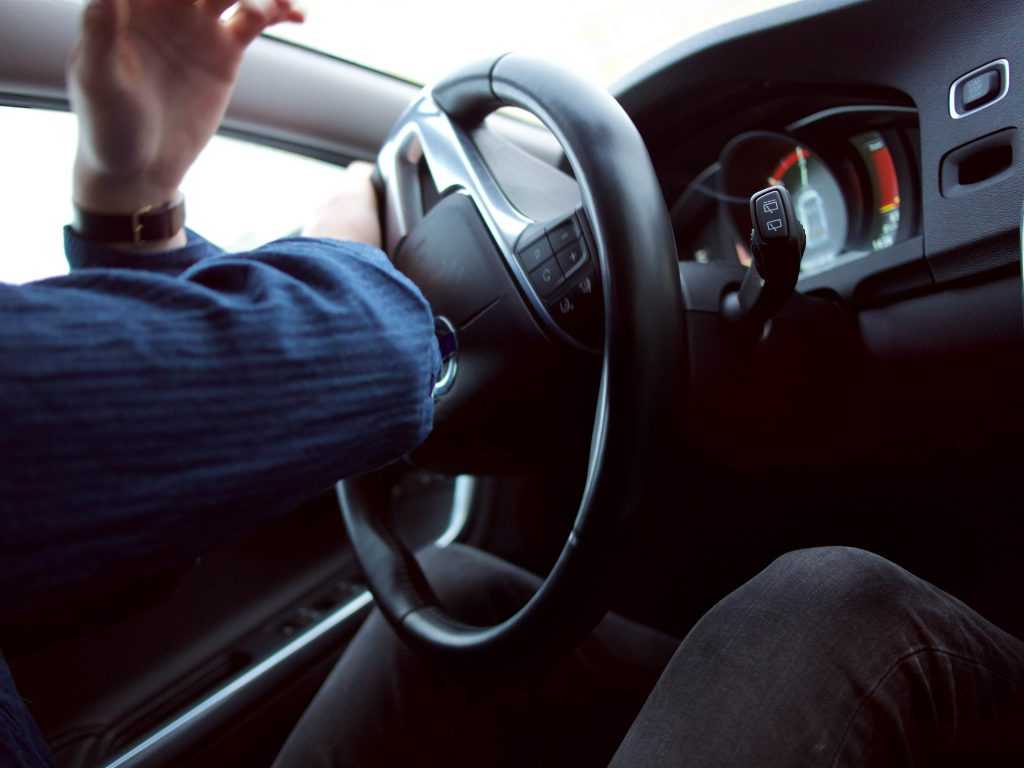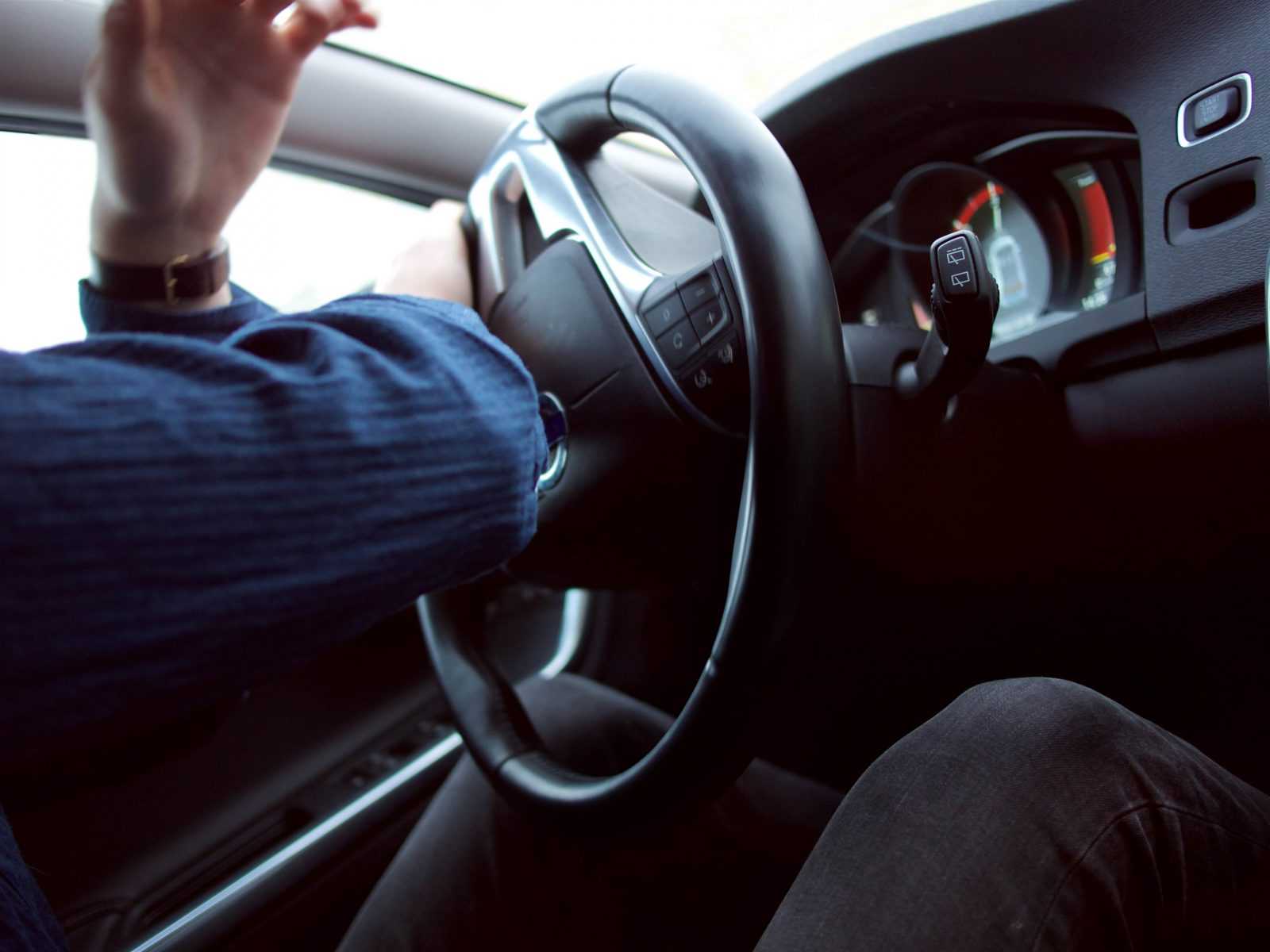Cars are the most popular means of personal transportation. Automobiles have greatly improved the quality of our day-to-day lives. However, as with many subjects, this improvement comes with certain dangers and not always pleasant consequences of using.
These dangers and consequences are nothing mind-blowing and are what you might expect from billions of people operating objects that weigh several tons on a daily basis. On top of that, there is the speed factor sometimes exceeding hundreds of miles per hour.
Contents
Causes and Consequences
Car accidents make up an enormous portion of fatalities in the US. According to the National Center for Health statistics for 2016, car accidents are the leading cause of death among people aged 15 to 20 years.
It is, of course, improper to look at general statistics and make universal conclusions. In order to better understand the root of the problem, we will have to break these numbers down by reasons due to which accidents occur.
And these reasons are many due to various distractions a driver might be exposed to while operating a vehicle. Here are the most common ones:
- Interacting with one or a few passengers;
- Cell phone use (notorious texting while driving);
- Looking at something in the vehicle;
- Looking at something outside the vehicle;
- Singing\moving to music.
Interacting with other passengers and cell phone use are the most common causes of car accidents. Passenger interaction leads to 15 percent of all accidents and cell phone use coming a close second with 12 percent.
Distractions, combined with not enough driving experience and other factors, put teenagers at risk. They are most likely to drive with little experience. However, these are not the only reasons teenagers are involved in car crashes at a higher rate.

Vehicle of Choice
According to the research done by the Insurance Institute for Highway Safety, teenagers tend to drive cars that are used, and\or are lighter and faster than average models. The young generation chooses performance characteristics over safety. In order to fix this problem, IIHS has created a list of recommended affordable vehicles with high safety ratings.
The list concentrates on specific parameters that ensure the driver’s and passengers’ safety in case of a car accident. Safety rating, as well as the car’s weight, are the deciding factors when it comes to making the most secure choice possible.
There are no small cars on the list for precisely that reason. Bigger and heavier vehicles provide a higher degree of protection, be it an accident due to driver’s mistake or control loss.
Fixing the Problem
There are many ways to counteract the consequences of irresponsible driving — one of the most effective being better training. Both the government and the people can adopt a more responsible approach to driver’s education. Parents and friends can have as tremendous of an influence on the driver’s habits and driving ethics as any legislation.
It is vital not to neglect any road safety mechanisms and features. Making a point out of responsible driving early on can have an impact on the future driver’s life, preventing many high-risk situations. Simple things like using seat belts and having a pick-up driver for parties can lower your chances of getting into an accident considerably.
Of course, governmental enforcement of traffic laws also plays a significant role in establishing road safety. Graduated driver licensing is one of the programs designed to decrease crash rates. This is done by extending the training period of drivers. It gives them some more time to gain experience and get used to the wheel.
GDL legislation varies from state to state, putting various restrictions on night-time driving and transporting teenage passengers for beginner drivers.
The results of such programs being adopted have shown a considerable effect on car crash fatalities and insurance spendings for teenagers, lowering both. Together with delaying the minimum required age for acquiring a driver’s license, it has shown the best results in managing the current situation.
Although this approach extends the time a person is supposed to spend on acquiring their driver’s license, the effect is undeniable. And if, as a college student, you find yourself too involved in the education process, you can always get help writing an essay to free up some of your time and spend it on mastering driving skills.
Formal Education
Despite multiple efforts and experiments, school-based programs and their derivatives, such as those intended to reduce alcohol-impaired driving, have shown little to no effect on the car crash statistics.
Moreover, taking advanced and extreme driving skill training results in an increased rate of road accidents, particularly with young males.
These results can be used to assume advanced training results in the feeling of overconfidence that reduces the driver’s attention. Driving is not about having a particular skill. It is all about staying on your toes and not getting distracted while behind the wheel. While taking the course will not inherently harm your road perception, the resulting overconfidence most likely will.
Influence of Alcohol
Of course, when we speak about car accidents, alcohol should be mentioned. Its role in countless car crashes is long proven, and laws to prevent drunk driving are already in place as well as a general culture of no-tolerance.
However, it still remains one of the most significant causes of car crashes, particularly among teenagers. While statistics show a decrease in teenage alcohol consumption, teenagers are more likely to suffer its debilitating effects when driving than adult drivers.
This is thought to be the result of their non-familiarity with the effects of alcohol as well as lack of driving experience — the combination of the two results in a higher risk of a car accident.
Drunk teenagers are more likely to be involved in a single-car crash than their sober peers. Educating youngsters on the hazards of drunk driving is extremely important to prevent such accidents from occurring.
It is especially problematic at low levels of alcohol intoxication. A driver in such a state may not display obvious signs of impairment. This, however, doesn’t mean that the person will be able to react properly in a situation where perception would be needed to prevent a car accident.
This makes zero-tolerance DUI and DWI laws difficult to enforce. In order to apply an alcohol test or even to stop a car on suspicion of DUI, a law enforcement agent needs to have a reason to believe that the driver is intoxicated or otherwise impaired. However, when zero-tolerance laws are applied, they show great statistical results, reducing the number of car accidents significantly.

Final Words
When it comes to your personal safety or the safety of your children, remember that awareness on the road is everything.
The right choice of a vehicle as well as developing and following a responsible driving culture can make the difference between life and death.
Drive safe, and don’t let your friends and relatives neglect basic safety rules either.



